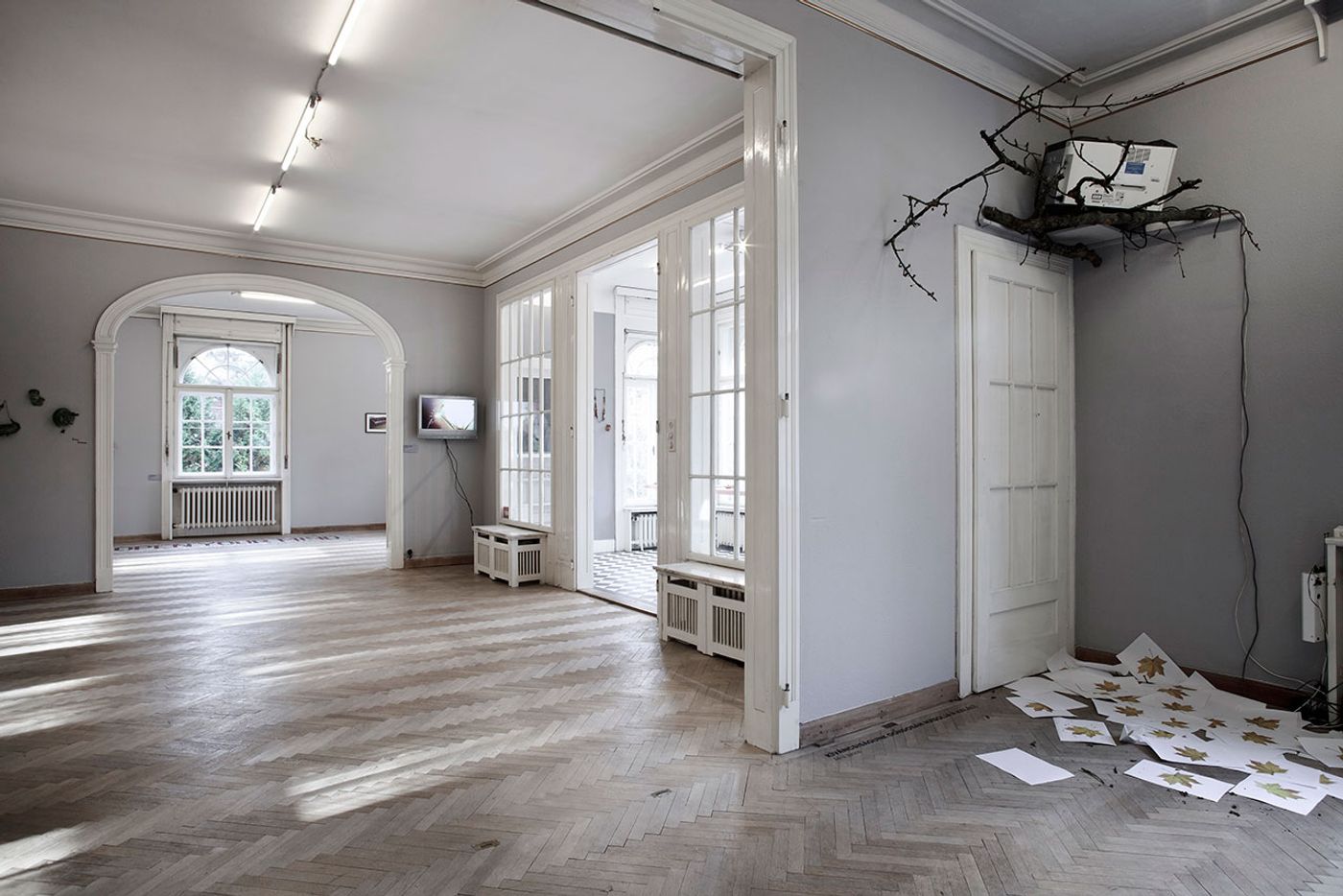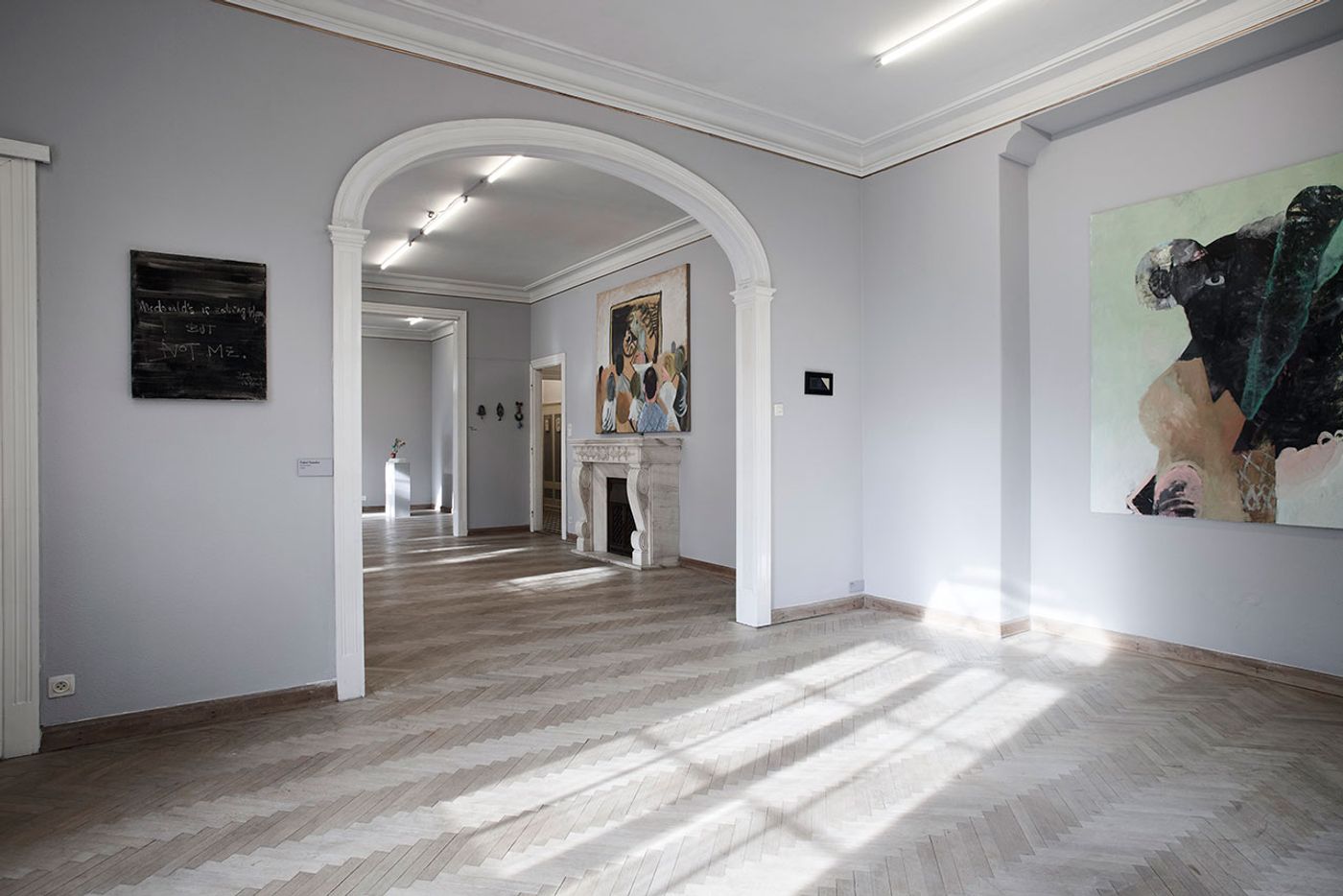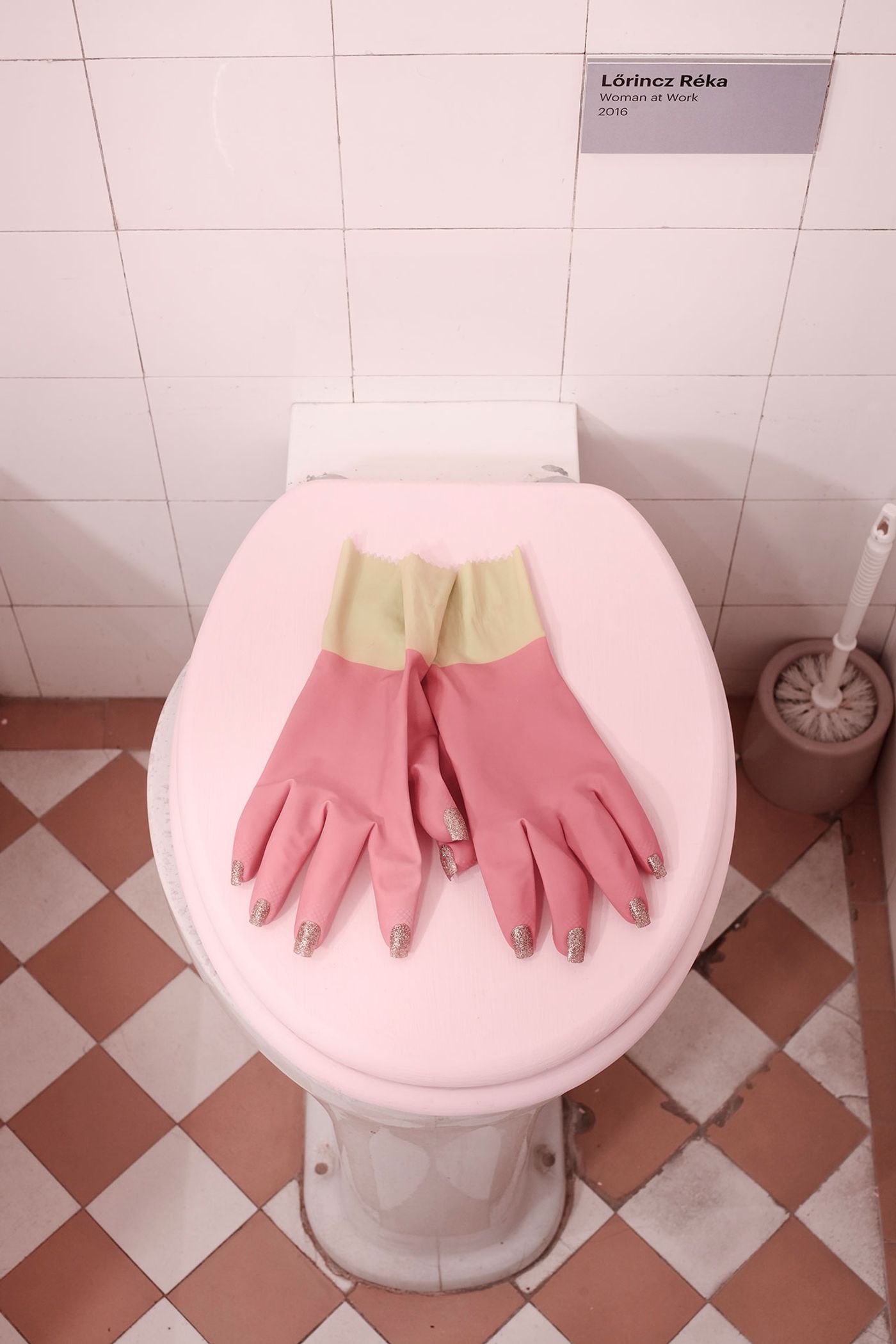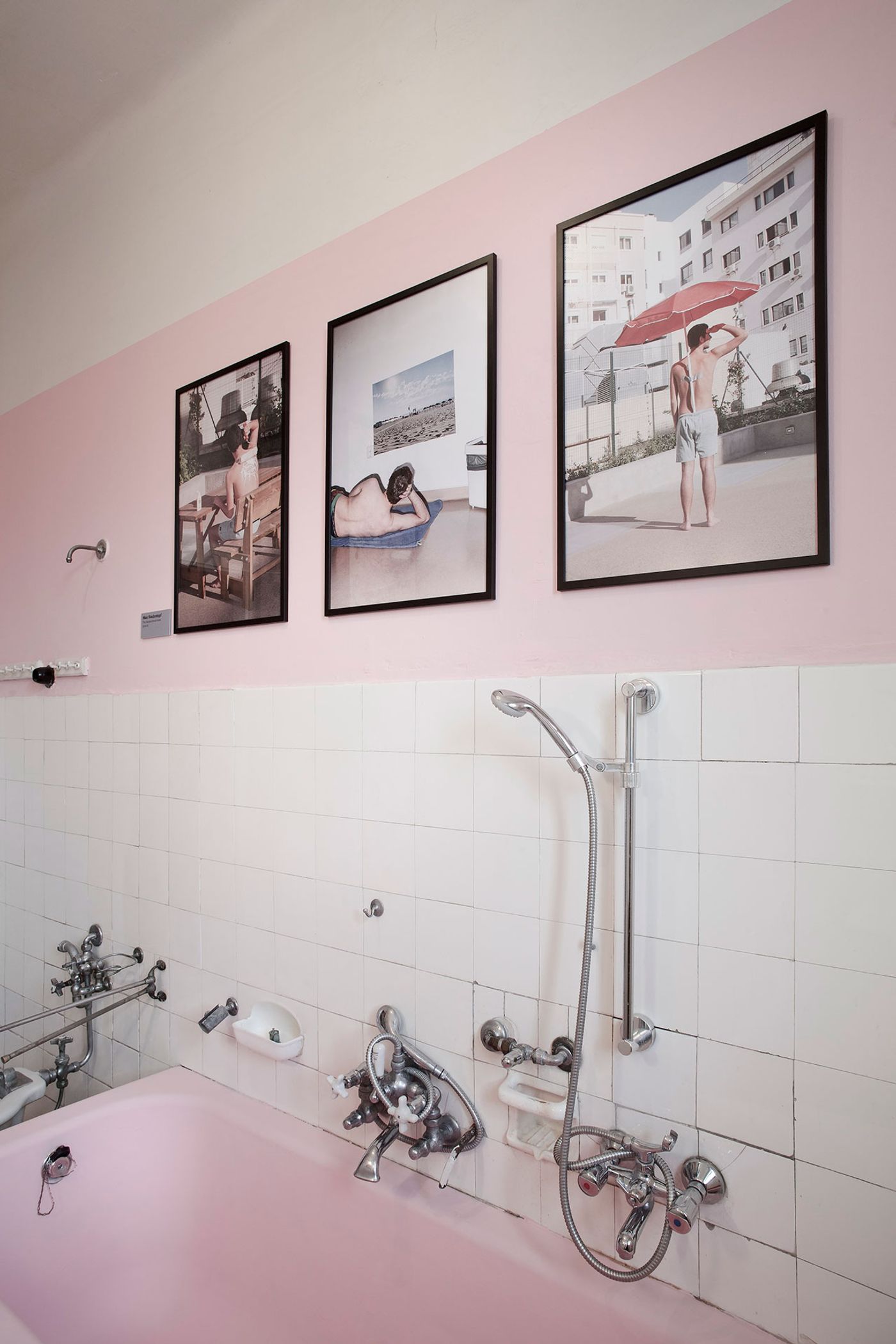
'Reproduced Paradise' Exhibition Fills Abandoned Villa in Budapest with Contemporary Jewellery and Art
Words by Eric David
Location
Budapest, Hungary
'Reproduced Paradise' Exhibition Fills Abandoned Villa in Budapest with Contemporary Jewellery and Art
Words by Eric David
Budapest, Hungary
Budapest, Hungary
Location
Located in an abandoned villa on the outskirts of Budapest, Hungary, “Reproduced Paradise” was an exhibition that brought together 36 artists and jewelers from 14 countries to explore the concept of paradise, both as an ideal metaphysical destination and as an earthly manifestation of the artists’ personal idiosyncrasies.
The show, a joint effort between “Everybody Needs Art” (ENA), a contemporary art agency based in Budapest and Vienna, and Sterling Gallery that specializes in jewellery designs, was curated by ENA’s 26-year-old founder Péter Bencze and jeweler Réka Lőrincz, and hosted in Villa Váncza, a neo-classical mansion built in the 1930s that sat empty for the past two years—restoration works for a new tenant will begin in February. The 250 square meter property, devoid of any furniture, was thoroughly cleaned and painted in white, grey and pink hues, creating the husk of an idealized home, where the artists were confronted by the quintessentially utopian concepts of family and prosperity.

Brückner János Art Collector Scratchcard 2016 interactive installation. Photo by Aron Weber.

Walking through the vacant rooms, it almost seemed like a number of artistically-minded squatters had occupied the villa, taking advantage of every room, nook and niche available, including the kitchen, bathrooms and the attic, to meticulously and unobtrusively arrange their ware without making the spaces feel cluttered or overbearing, as an act of testimony rather than protest or decoration. This impression of discreet appropriation is accentuated by co-curator Réka Lőrincz’s “Icing on the cake” installation on the exterior of the building where inflatable, brightly colored plastic clubs had been affixed on the facade, like tribal markings signaling the coming together of disparate generations.
The exhibition included a wide range of works, from paintings and sculptures to tapestries and video installations. Highlights included Hungarian artist couple Szabó Klára Petra & Szvet Tamás’ video performance “Cooperation”, where they attempted to collaboratively solve a Rubik’s cube each of them using only one hand, eerily displayed in the villa’s attic, Amsterdam-based artist Max Siedentopf’s “Artificial Autumn” installation, a printer perched on top of a tangle of branches high up in the corner of one of the rooms spewing leafs of paper with autumnal leaves printed on them, and Hungarian artist Benczúr Emese’s “Open Your Mind”, a mosaic spelling the titular message made out of soda can openers on the parquet floor in the living room.

Installation view. In the top right corner: Max Siedentopf - Atifical Autumn installation. Photo by Aron Weber.

Installation view - Klára Petra Szabó and Tamás Szvet-COOPERATION video installation 2014. Photo by Aron Weber.
The abandoned Villa Váncza was thoroughly cleaned and painted in white, grey and pink hues, creating the husk of an idealized home, where the artists were confronted by the quintessentially utopian concepts of family and prosperity.

Installation view. Room filled up with the works of world famous contemporary jewellery makers. Photo by Aron Weber.
This tongue-in-cheek sensibility was further emboldened by pieces like London-based Ottó Szabó’s vintage-looking bubble machine, strategically placed at the top of the stairs, and Lőrincz’s cheeky objects that inject a sense of glamour into mundane manual tasks, as seen in “Pearl Spade”, a garden spade shoveling a mound of pearls, and “Woman at work”, a pair or pink and yellow latex cleaning gloves embellished with artificial nails, fittingly exhibited on the toilet seat in one of the villa's bathrooms among framed photographs from Siedentopf’s “The second worst hotel of the world” series.
The artworks intermingled with contemporary jewelry pieces by several distinguished jewelers such as Helen Britton, Märta Mattsson and Karl Fritsch to name just a few, displayed throughout the house—hanging on walls, resting on a suspended counter in the dining room or lying unassumingly on top of radiator covers—further underlying the sense of having stumbled upon the holy remnants of an artists’ collective. What’s more, with most exhibits up for sale, visitors could choose what best reflects their own version of paradise to take back home with them as a memento.

Installation view - János Sugár-Hommage a Böröcz-Révész 1989 aquarelle on paper. Photo by Aron Weber.

Installation view. Tamás Komoróczky-Plates and Fukui Yusuke-McDonalds is eating them but not me, 2000, oil on canvas. Photo by Aron Weber.

Installation view with works by tothmartonemil, Botond Keresztesi, Zsófia Keresztes. Photo by Aron Weber.



